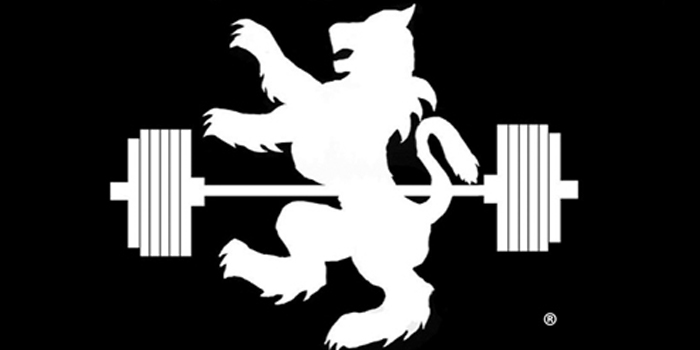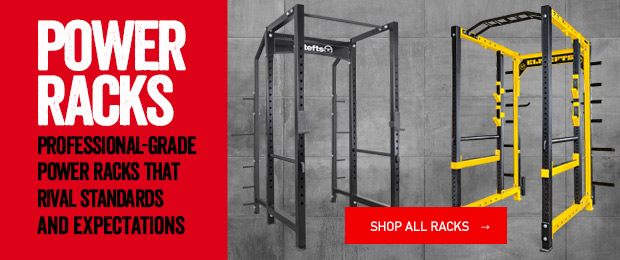
When I was 13 years old, my Pop Warner Youth Football Coach recommended a bench press training regimen that consisted of four sets of 10 repetitions. After completing the program with the prescribed weight, all sets and reps, we added five pounds for the next session. If all sets and repetitions were not achieved, we kept the same weight for the next training session. I followed it religiously.
No fancy programming. No YouTube coaching. Just a barbell, weights, a homemade bench, and the desire to grind-out those four sets of 10 (up to three sessions a week). Gifted with the testosterone-rich hormone composition of a teen entering puberty, my progress spiked on this simple regimen like no program I have used since.
I was building my upper body strength foundation and almost never missed a workout. With youthful exuberance, I never considered the perils of overtraining or the discomfort in dealing with extreme soreness. The thought of sustaining injury could not have been further from my daily consideration.
35 Years Later — Old Man Strength Coupled with Old Man Conservatism
Thirty-five years later, I am still willing to grind through my programming, yet the youthful exuberance has given way to a more cautious approach. Now, I consider injury, mobility, and longevity — perhaps too much.
In this article, I have considered some lifts that have helped me move my bench press when stalled. However, I have considered them not just from a strength-increasing perspective, but for the psychological benefit that in my experience each of them separately confers upon the lifer.
You will notice a common thread in all these lifts — I perform all of them inside an elitefts Power Rack, except for dips, which I perform using the elitefts dip attachments (which attaches just outside of the elitefts Power Rack). Perhaps the Power Rack itself does provide me with some psychological benefit. I know those safety pins have saved my tail on more than one occasion, but I have never had a problem moving from the confines of the rack to a freestanding bench at a powerlifting meet.
Some of the referenced exercises are replacements for the bench press as a main lift, some are accessory exercises, and some function perfectly well as both.
Board Presses — The Protective Board — The Thrill of Carry-Over
If you are an avid elitefts reader, you should be painfully familiar with the board press, but for those of you who are not, it is essentially a bench press performed with a given number of 2x6 boards placed on the chest, typically held in place by an additional spotter or handler.
The boards reduce the exercise’s range of motion and allow the lifer to focus on various segments of the lift, from about two inches off the chest, to mid-range, and even upper end pressing strength. The board press, through its reduced range of motion, allows the lifter to handle heavier weights.
I was never much of a handyman, much less a carpenter, but even I had enough talent to screw a few 2x6 boards together to create the boards required for board pressing.
Board presses have a direct carry-over relationship to bench press prowess, but we have used them throughout various training cycles to also reduce the shoulder stress experienced during the full range of motion lifts, favoring either pressing off a 2-board bench setup or the 3-board variety. Though I have not yet used one, elitefts also makes the elitefts Shoulder Saver, which simulates the board press’s range of motion.
Always remember to keep the elbows tucked and the bar directly over the wrists and elbows. This is probably the most important aspect of a great pressing technique. The elbows must remain tucked to keep the bar in a straight line.
From a psychological perspective, I always viewed the boards as offering extra protection. They served as a suit of armor between me and the weighted barbell, and I took comfort in knowing they would help protect my chest in the event of a catastrophic missed attempt and/or accidentally dropped bar.
Floor Presses — The Great Strength Tester
The floor press is performed while lying on the floor inside of a Power Rack. Set the J-hooks and the barbell placement low, and essentially, the lifter is performing a bench press while lying on the floor.
Lower the weight until the triceps hit the floor, pause for a split second, and fire the weight back up in a straight line. Lying on the floor while pressing removes the leg-drive from the lift (a critical component of the powerlifting bench press) and allows for a full upper body focus.
Football players are taught to drive their opponents with their elbows tucked and then explode through. This is the same for pressing. Bench pressing and floor pressing is all about generating force. You can generate far more force with your elbows in a tucked position compared to an "elbows out" position.
In my training, the floor press was a great tester of strength. I knew if my floor press weights were moving up, my bench press was also increasing. The lift provided me with the psychological benefit that comes with making solid training progress — without having to more consistently perform maximum effort bench attempts.
Dead Presses — Under the Safety of the Spotting Pins
The dead press is performed in a Power Rack by pressing dead weight off the safety pins, starting anywhere from chest-level to an inch or two above the chest. The exercise eliminates the elastic muscular energy stored in the eccentric motion (i.e., the lowering of the bar) of the traditional bench press because there is no eccentric motion.
The dead press builds tremendous upper-body strength, which is of paramount importance for the bench press and is a fantastic exercise for the development of starting strength in all lifts that involve pressing.
The dead press is performed for single repetitions only and the lifter should always push the bar with as hard and fast as possible.
From a psychological perspective, the lift really helps build pressing confidence. For example, if the lifter can successfully dead press 315 in training, it should translate to an easy opening lift in a meet. In a powerlifting meet, even with the pause at the chest, a certain percentage of elastic muscular energy is retained from the eccentric phase — so, if you can dead press a certain weight, bench pressing it should be a slam dunk.
Dips — When You Need a Change
I have used dips as both a substitute for traditional supine pressing and as an accessory exercise. When using dips as a substitute, I employ a protocol that approaches the max-effort method, such as using rep ranges not to exceed six and sometimes as low as doubles and triples. Don’t be afraid to strain.
When using it as an accessory exercise, like after bench pressing as a main lift, I employ more of a repetition method — say, using rep ranges in the 6 to 12 range — training to both flush the muscle tissue and induce muscle hypertrophy.
I have found that dips can provide a good mental break from pressing, particularly if your shoulder and elbows are able to handle the load with some frequency.
Triceps Extension in the Power Rack — Train the Triceps
There is a lot more to a big bench press than pec strength. The Westside Barbell Crew, including Louie Simmons, Dave Tate, and many of their predecessors and contemporaries knew that triceps strength was paramount to a big bench.
Earlier, I had mentioned that the floor press proved to be a good strength tester for me because I knew if my strength was increasing in the floor press that it was also increasing in the bench press. The question was, aside from floor pressing and performing the lift itself, how could I continue to improve my floor press? I found the answer in heavy triceps extensions performed with an Olympic bar in the Power Rack.
Once again, the lifter can utilize the safety pin settings in the Power Rack to allow for an optimal range of motion but also provide protection in the event of a failed lift.











2 Comments